Complete Guide to Arabian Clothing
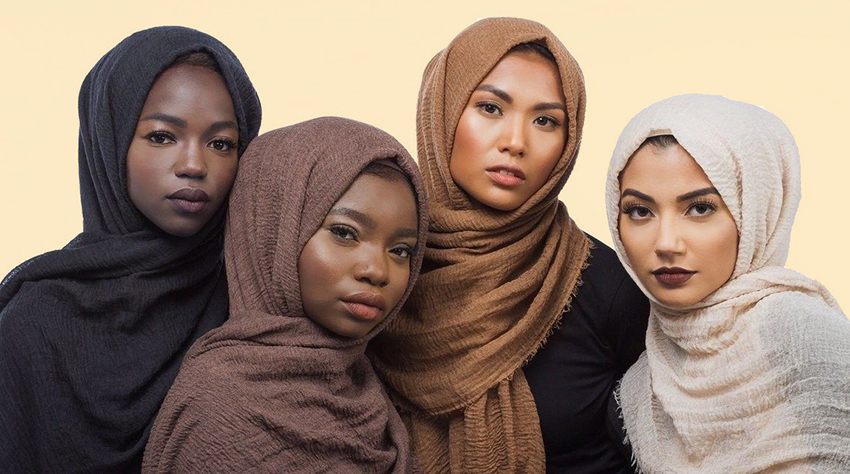
Before starting an exciting journey into Arabian fashion let’s face some boring geographical facts. Many people assume that Arabic language is spoken exclusively by Arabs. However, just like there are many English speaking countries outside the UK, there are Arabic speaking Nations outside Arabian Peninsula too.
Arabs live only in the Gulf area and that’s where we are going to discover what they wear. It won’t be easy to understand all the clothing choices of the fashionistas from these countries without a brief glimpse at their history, religion and, perhaps, climate too.
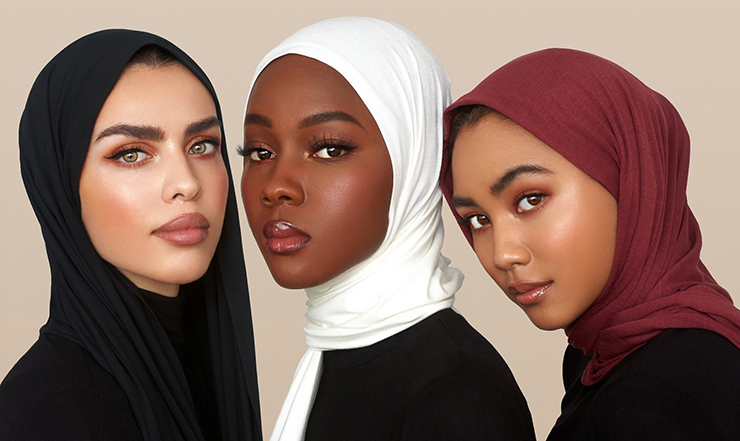
Most Middle Eastern women are seen to wear black robe-like dresses called Abaya. Even though other Arabic speaking countries have adopted Abaya as a religious garment, its history goes way before the birth of Islam. Covering women’s body was more about her status, wealth and privilege not to work in pre-Muslim society. Females who belonged to higher class would wear a large square-shaped cloth with openings for hands and a wide golden ornament around the neckline. A veil used to be a sign of luxury and separation from servant women and slaves.
Abaya, as we know it, has opening in the front, sleeves, and it’s usually made of flowing light material. The most common colour of a classic abaya is black. One could wonder why women would choose to wear black considering hot and humid climate in the area? The answer lies in the practicality and functionality of such a choice: black is less transparent, so the black fabric can be thinner than the fabric in any other color, which makes Abaya cool in the heat, but also keeps everything beneath it as concealed.
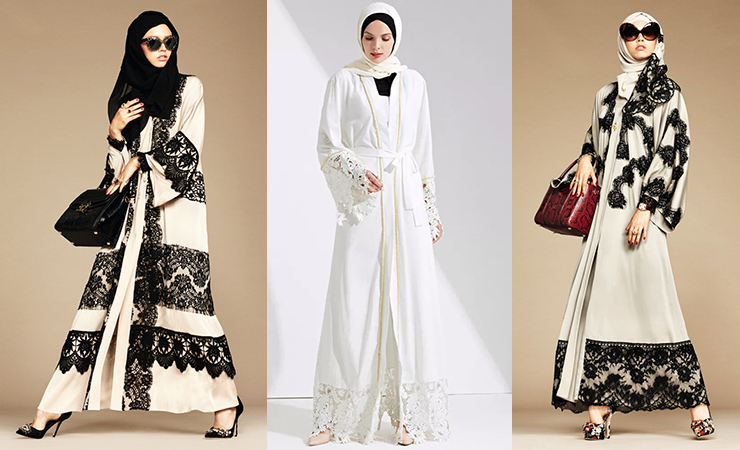
Nowadays, Abaya can be of any colour with some slight changes in the cut and various decorations. It can be tailor made by designers from the most expensive materials for modern Arabic elite, for people who love to compliment their luxurious Abayas with the shoes, bags and expensive jewelry from high fashion brands.
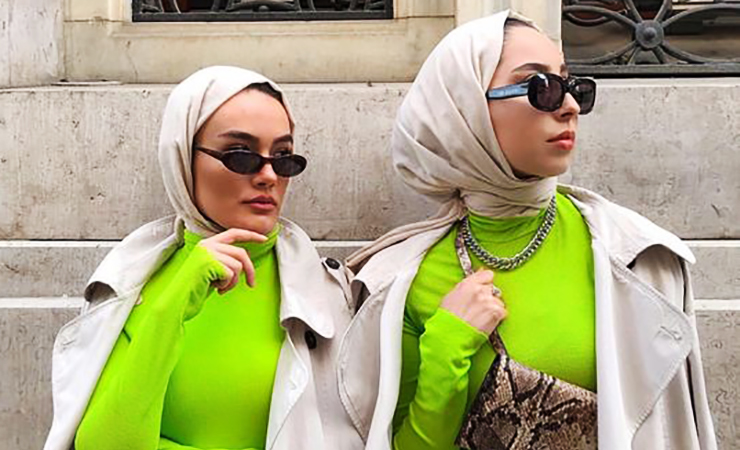
Speaking about Arabian fashion and not mentioning Hijab would be very unfair as Arabian peninsula is its birthplace. Despite the common understanding of Hijab as a head scarf, it actually isn’t any piece of garment at all. Hijab is a concept of modest way of dressing for religious reason. This concept exists in all monotheistic and some polytheistic religions. However, Hijab as a notion was spreaded outside this region by merchants as a part of Islam long ago. Ever since Muslim ladies all over the world observe Hijab in their own ways.
There are more than 15 types of Hijab interpretations among multiple countries.
Three most popular ones in the Gulf area are:
1. Shayla — a wide rectangular scarf wrapped around the head. Very often Shayla is transparent and doesn’t cover hair and neck, and serves more as a traditional representation rather than religious.
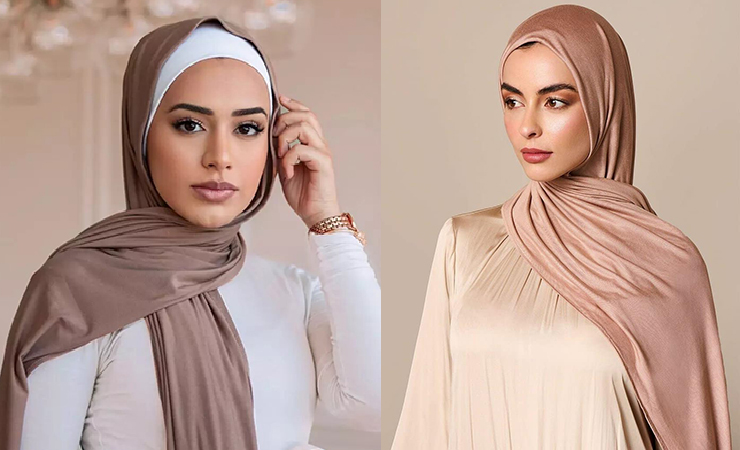
2. Niqab — a face cloth that leaves only eyes uncovered.
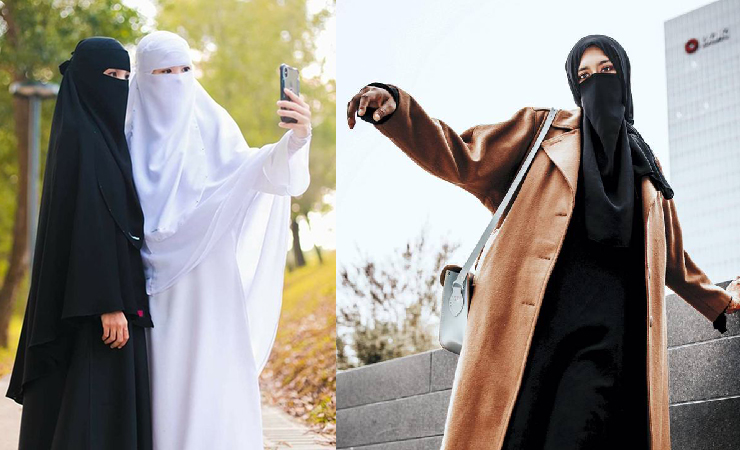
3. Battoulah — a metalic-looking hard face mask that is worn mostly by elderly women and that also considered more as one of the local customs. Initially it was worn by women to indicate their married status and according to other opinions served to prevent nose and mouth from the sand and fool enemies to think that the woman they’d spotted was a man.
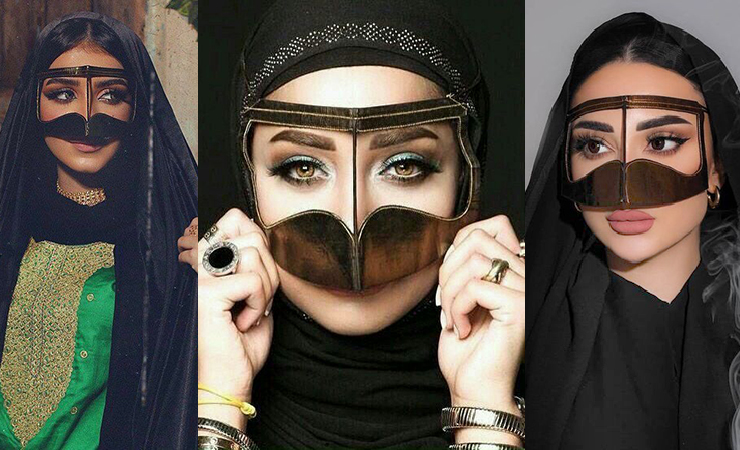
For festive female gatherings and weddings Gulf ladies wear Jalabiya — a colorful dress often lavishly embroidered with gold and accessorised with tons of golden jewelry.
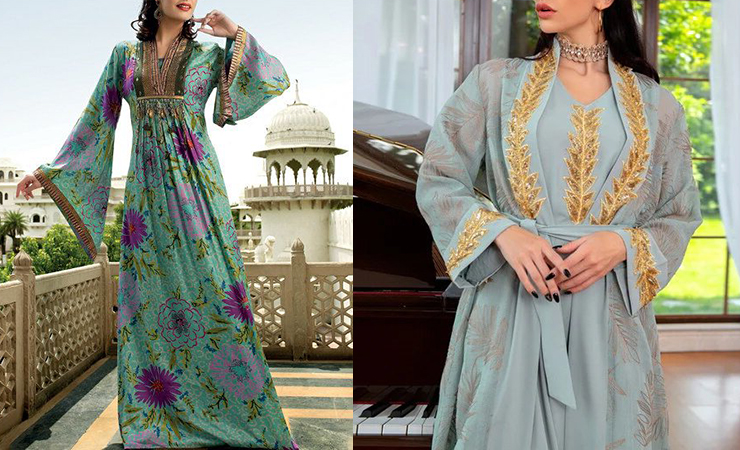
Male fashion is worth mentioning too! Arab men from the Gulf area traditionally wear white long robe called thobe also known as dishdasha or kandora with wide white pants underneath and leather sandals with thick sole. The decorative details on thobe will vary from country to country as well as the style and color of “ghutra” (a piece of cloth worn on the head with a black tube called “egal”, over it). Young men are often spotted with a baseball cap instead of ghutra, while expensive watch and sunglasses compliment kandoras of gulf men of all ages.
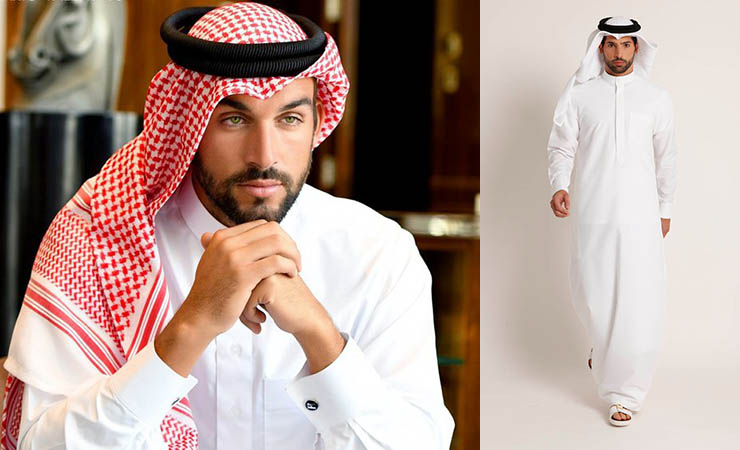
Despite the introduction of colors in both: male and female traditional clothing, most locals still prefer the official colors. This contrast of all-black clothes for women and all-white attire for men makes local couples look slick and classy. Gulf countries in general are so harmonious in their contradiction, where progress and customs are equally cherished and merged together. One can never stay indifferent to their world of hospitality and opulence!
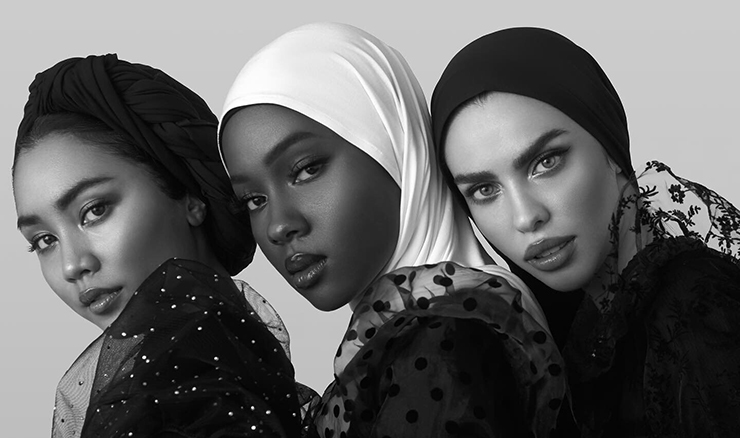
Maria Vitkovskaya

